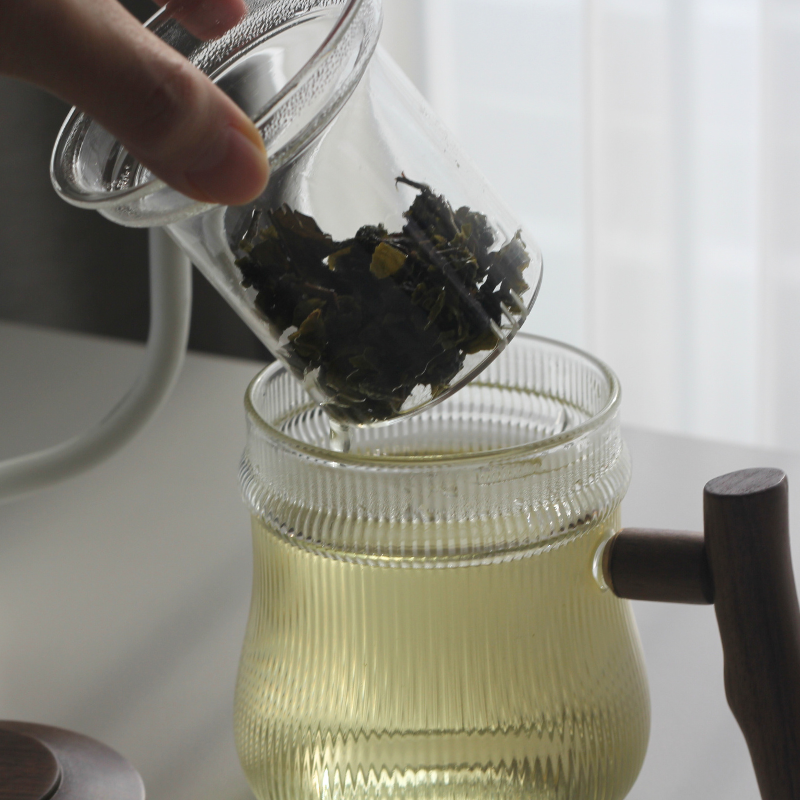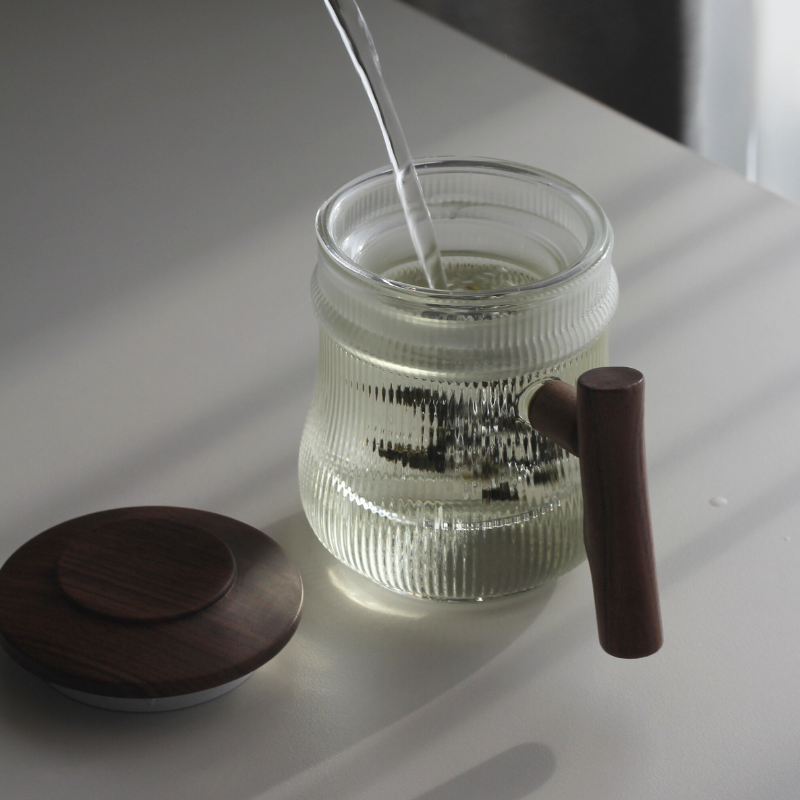TEA JOURNEY [9] | How to Pick Good Tea
Just like the variety of teas, the processing methods and raw materials used in tea production differ, so it's impossible to evaluate the quality of tea based on absolute and objective criteria.
Each type of tea has its own desired flavors, aromas, and processing methods.
By examining how well the basic characteristics align with their pursuit, you can select good tea that you like. You should also consider how the tea has been stored. No matter how good of tea it might have been once, if you do not store the tea properly -- in a cool, dry area away from sun and humidity, the tea will inevitably spoil.
1. Appearance before brewing
Teas come in various shapes. Oolong tea is rolled into round shapes, while white tea can be thinly spread. However, they share one common characteristic: well-crafted teas consist mainly of tea leaves with very few impurities. When making good tea, tea masters meticulously select and sort the ingredients.
2. Color
Different teas have different colors, such as dark brown for pu-erh tea, light green for green tea, and red for black tea when brewed. Most good teas exhibit a clear and vibrant color that evokes the taste of tea. Brewed pure tea should not be so murky.
3. Aroma
If proper care and meticulousness were not exercised during withering and drying processes, tea may develop moldy or unpleasant odors. If you detect such odors, it's recommended not to consume the tea as it may be harmful to health. Dried tea leaves have the property of absorbing moisture from their surroundings. If there were storage issues, the tea may lose its original pleasant aroma and develop a damp smell. Such tea cannot be considered good.

4. Taste
Tea pursues its own distinct taste. Fermented black tea made from young leaves has a refreshing lemon flavor, while lightly roasted green tea brings out a subtle richness. The best tea is the one that best reflects the taste pursued by the tea master.
Just as how you'd avoid vinegary wine, you should avoid sour tea. If the tea doesn't taste like how it is described, consider avoiding it!
Since there are hundreds, if not thousands, of tea varieties developed over centuries upon centuries all over the world, have fun and find the variety or blend just for you!
5. Appearance of brewed tea leaves
In Korean tea, the appearance of the infused tea leaves is important. Japanese tea is steamed and fixed, which damages the cell membranes, causing the brewed tea leaves to break apart.
Korean tea, on the other hand, is pan-fried and uses young leaves, so the tea leaves are not cut. Properly fixed and meticulously processed tea should preserve the complete shape of the brewed tea leaves. By examining the appearance of the brewed tea leaves, you can determine how meticulously the tea has been processed in Korean tea.
Thanks for following our Tea Journey series. It was really fun putting together bits and pieces of the stories we get asked the most about tea. Let us know if you are curious about other aspects of tea.






![TEA JOURNEY [13] | Tea Tasting Terminology](http://tingeofsoul.com/cdn/shop/articles/IMG_3072.jpg?v=1686898175&width=1080)
Leave a comment